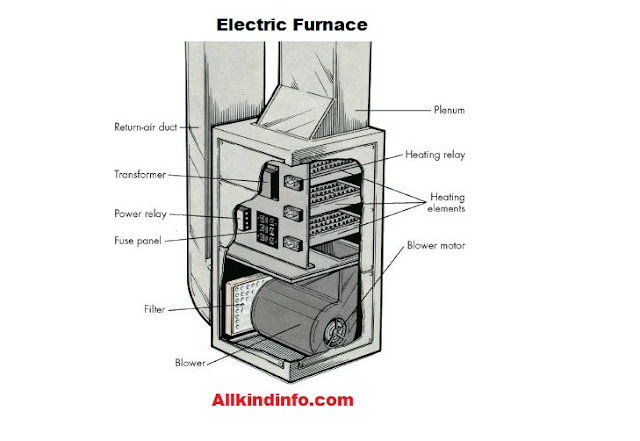1: Cementation process.
The steel process is called because ferrite in the wrought iron is converted into cementite (Iron carbide).Carbon combines with wrought iron and has its surface covered with blisters.So that this steel is known as blister steel.
2: Crucible process.
This method is homogeneous,free from slag ,dirt and much superior to cement steel.It is also known as crucible steel.
3: Bessemer process.
There are three stages in Bessemer process to manufacture steel.
(a) Charging position
First stage where molten pig iron is poured into the converter.
(b) Blowing position
Second stage where the converter is tilted to the vertical position and the air blast turned on. Then the silicon and manganese burns out which is indicated by the brown smoke rising up through the mouth of the converter. The carbon is next to oxidize.
(c) Pouring position
Burning carbon drops and contents of the converter are poured in a ladle. After some alloys such as ferro-manganese is added to increase strength and ductility of the steel.
4: Open hearth process.
This process is also known as Siemens-Martin process. This is more suitable than bessemer process when a large quantity of mild steel with definite quantity is required.
5: Duplex process.
This process includes of acidic bessemer process and basic open hearth process. This process is used in India (Tata steels Bihar).
6: L-D process.
Linz-Donawitz process is the latest steel manufacturing process and now adopted at Rourkela Steel plant where three converters of 40 tonnes capacity are working.
7: Electric process.
This process is mainly used for the preparation of high quality and special alloy steels. This process may be acidic or basic, but basic process is mostly used due to elimination of impurities. The basic lined furnace of the Heroult type is adopted for the production of alloy steel.





Post a Comment
Good information provided, Thanks for that and also find more about Hi-chrome iron and its properties, Cast foundries.